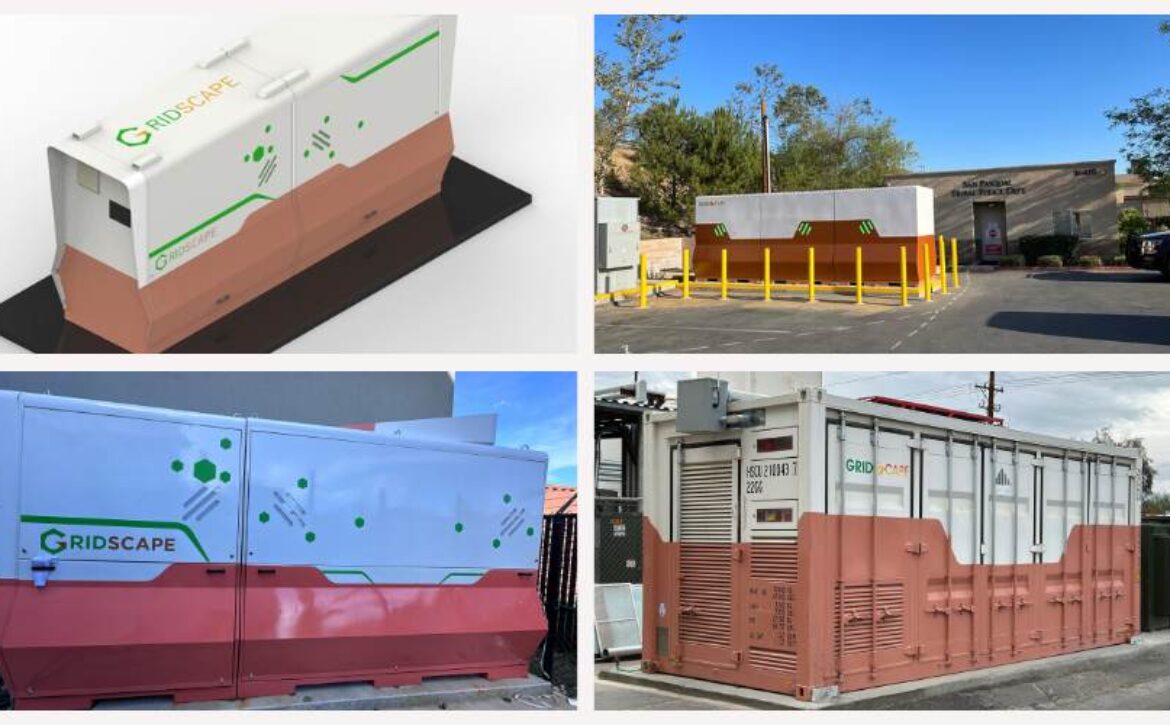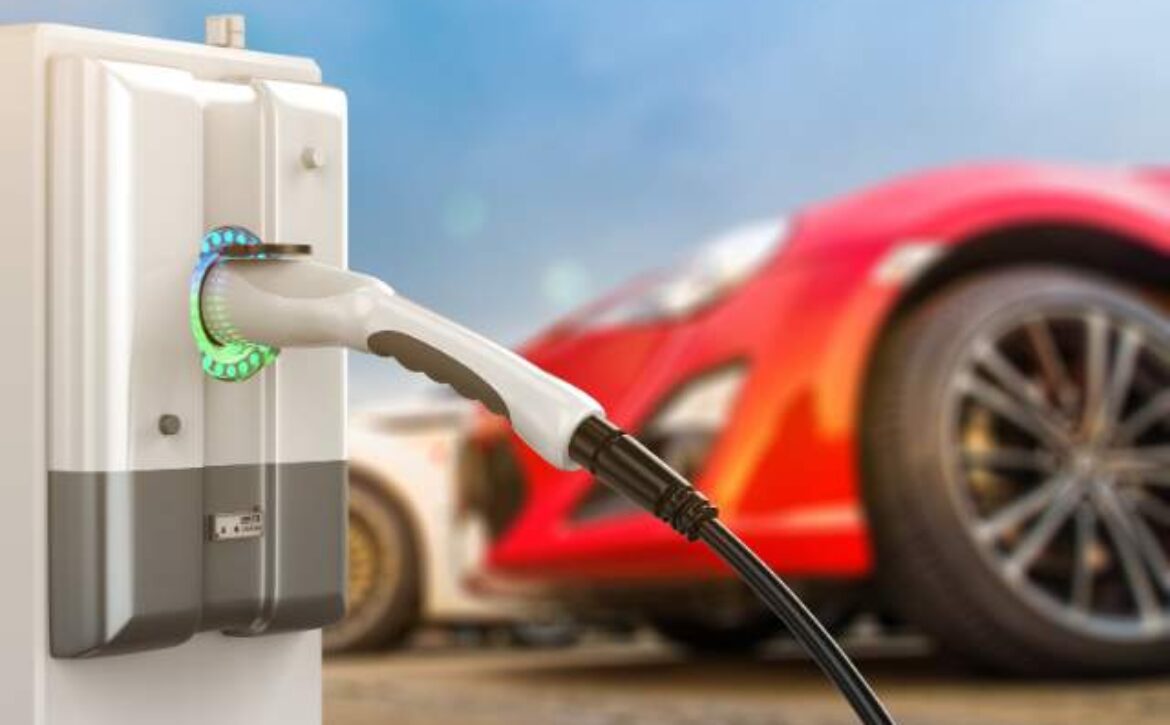California’s EV Dilemma: How Microgrids Can Rescue Drivers from Skyrocketing Costs
California is celebrated worldwide as a pioneer of the electric vehicle revolution, with ambitious climate policies and a bold commitment to zero-emission transportation. Yet, beneath this success story lies a growing paradox: the very state that leads the charge is making it harder than ever for its residents to afford EVs. The culprit? Skyrocketing electricity rates that are rapidly diminishing one of the key financial benefits of going electric.
For years, EVs were synonymous with affordability. Cheap electricity made charging far cheaper than fueling up at the pump. But now, with California’s electricity rates ranking among the highest in the nation, many EV owners are finding that the numbers no longer add up. In fact, for some, the cost of charging is creeping dangerously close to or even surpassing that of fueling a gas-powered car.
What’s fueling these spiraling costs? The state’s utility giants are burdened by decades of wildfire liabilities, delayed maintenance, and massive grid upgrades. Add to this California’s ongoing energy transformation and the billions poured into climate-related infrastructure( the traditional grids are massively affected by climate change and they need upgrades), and you have a perfect storm for relentless rate hikes. For EV owners who bought in with the promise of long-term savings, it’s a frustrating reality check.
But there’s hope: microgrids. These self-sustaining, localized energy systems could transform the future of EV ownership in California, shielding drivers from rising utility costs and ensuring reliable, affordable, and sustainable energy.
The EV Dream is Slipping, Here’s Why
When EVs first hit the scene, one of their most attractive selling points was affordability. Cheap electricity meant EV drivers could slash their fuel costs while helping the environment. But for Californians, that math is no longer working. With residential electricity rates climbing by 20% or more in recent years, charging an EV is inching closer to the cost of filling up a gas car.
And it’s only going to get worse. Utility rates are projected to rise further, driven by billions in wildfire-related damages, grid hardening costs, and renewable energy mandates. For EV owners, this means unpredictable charging costs that undermine the long-term financial benefits of going electric.
Microgrids: The Unsung Hero California Needs
Microgrids could be the saving grace for California’s EV movement. These systems generate power locally using solar panels, or other renewables and store it in batteries for when it’s needed. Unlike relying on the centralized grid, microgrids put the power (literally) in the hands of communities, homeowners, and businesses. Here’s why they’re essential for EVs:
- Slashing costs and stabilizing bills
By generating their own electricity, microgrids free EV owners from sky-high utility rates. Solar power produced during the day can be stored in batteries to charge EVs at night, making every mile driven dramatically cheaper. - Unmatched reliability
California’s grid is notoriously fragile, plagued by wildfire-related shutdowns and blackouts. Microgrids ensure EV owners have a dependable power source, even when the larger grid goes down. - A scalable solution for communities, businesses
Imagine entire neighborhoods or factory complexes powered by microgrids, with EV charging stations that are both affordable and reliable. This isn’t just a dream it’s a practical, scalable solution already being implemented in parts of the state. With microgrids, you can charge your EV fleet easily and all this will be in your control. - Environmental harmony
Pairing EVs with microgrids creates a closed-loop system of clean energy generation and consumption. This reduces reliance on fossil-fuel-heavy grid electricity, accelerating California’s climate goals.
California’s EV Future Hinges on Microgrids
For California to sustain its ambitious EV goals, it must address the economic realities facing its residents. Microgrids offer a clear pathway to making EVs affordable, reliable, and environmentally sustainable. But achieving this will require a coordinated effort:
- Incentivize microgrids: Policymakers need to prioritize microgrid adoption through grants, subsidies, and tax incentives, particularly for communities most affected by high utility rates and grid instability. There are some grants already, but awareness about the same is still low.
- Design for EV integration: Future microgrids should be optimized for EV charging, including features like dynamic load management and Vehicle-to-Grid (V2G) technology.
- Promote utility partnerships: Utilities should embrace microgrids as a complementary solution, working alongside communities to deploy these systems without compromising grid stability.
EV Fleets: The Backbone of California’s Electric Transition
While individual EV owners face rising electricity costs, fleet operators are grappling with an even more complex challenge: scaling charging infrastructure to support large numbers of electric vehicles without breaking the bank. For fleets, the cost of electricity isn’t just about powering a single vehicle it’s about maintaining operational efficiency for dozens, hundreds, or even thousands of EVs. This is where the limitations of California’s current grid become glaringly obvious.
Microgrids are uniquely positioned to address this issue. By integrating renewable energy sources like solar and battery storage, microgrids can provide fleets with a dedicated, cost-controlled energy supply. This not only reduces dependency on unpredictable utility rates but also enables fleet operators to charge their vehicles efficiently during off-peak hours or even directly from stored solar energy. In addition, microgrids equipped with smart load management systems can optimize energy distribution, ensuring all vehicles are charged and ready without overloading the grid.
Resilience for Mission-Critical Fleets
For fleets engaged in mission-critical operations like emergency services, logistics, or public transportation resilience is just as important as cost. Power outages caused by wildfires or grid instability can cripple operations, leading to delays, financial losses, and reduced public trust. With microgrids, fleets gain a reliable energy source that ensures their vehicles are charged and operational, even when the larger grid fails. This makes microgrids not just a cost-saving measure but a strategic investment in uptime and reliability.
By adopting microgrids, fleet operators can future-proof their operations, ensuring that California’s push for electrification is both economically and operationally sustainable. This isn’t just about saving money it’s about making the EV transition feasible at scale.
Don’t Let Rising Costs Stall the EV Revolution
California has shown the world what’s possible in the fight against climate change. But to truly lead, the state must look beyond EV adoption and focus on the infrastructure that supports it. Microgrids are not just an after thought they are an essential part of the equation.
The stakes are high. If EV costs continue to rise, California risks losing momentum in its transition to clean transportation. By embracing microgrids, the state can protect its EV drivers from skyrocketing utility bills, keep the promise of affordability alive, and lead the way in creating a resilient, sustainable energy future.
Because EVs are more than cars they’re the cornerstone of a cleaner planet. And microgrids are the foundation that makes that vision possible.











